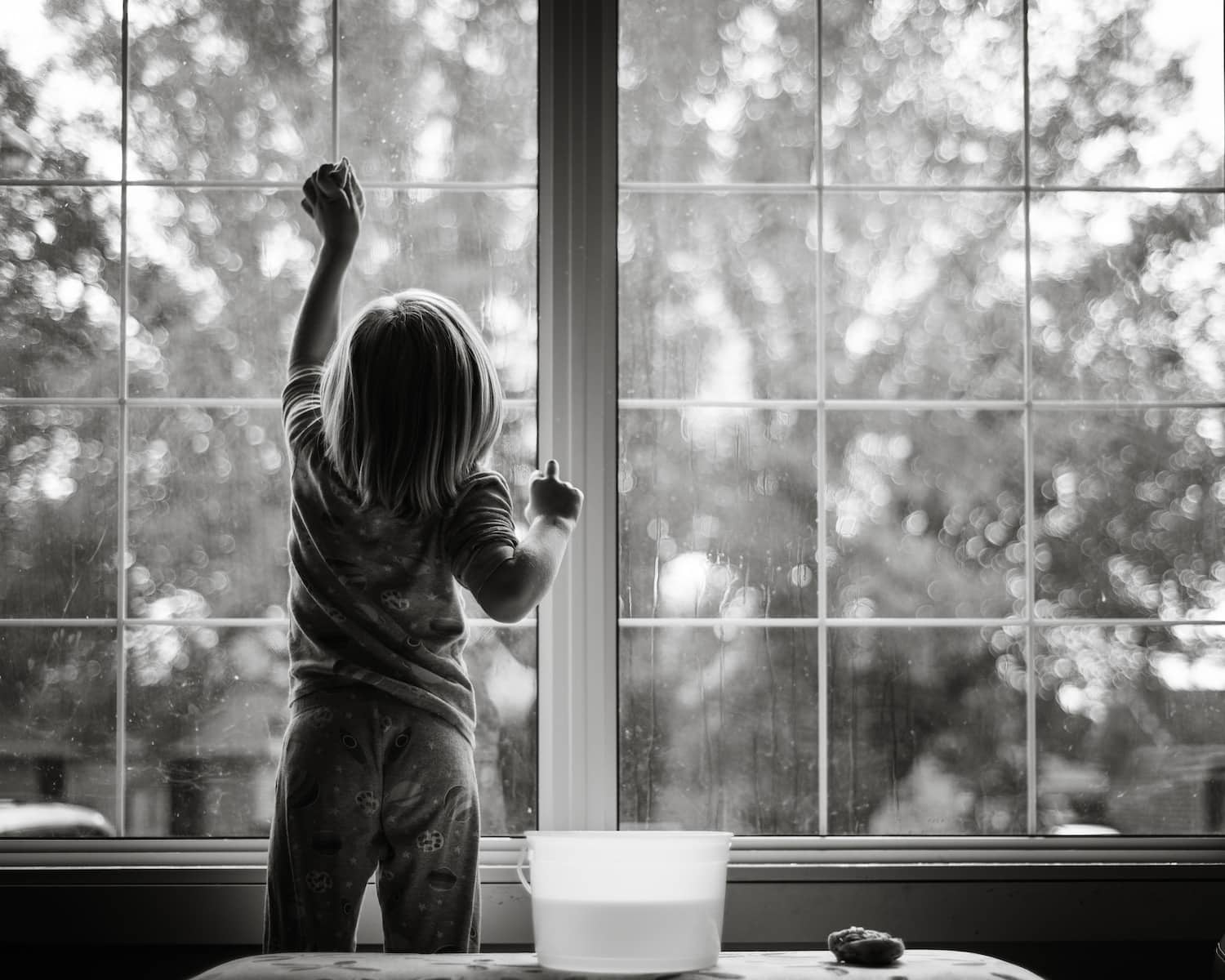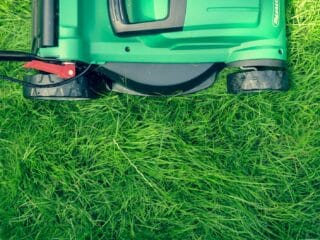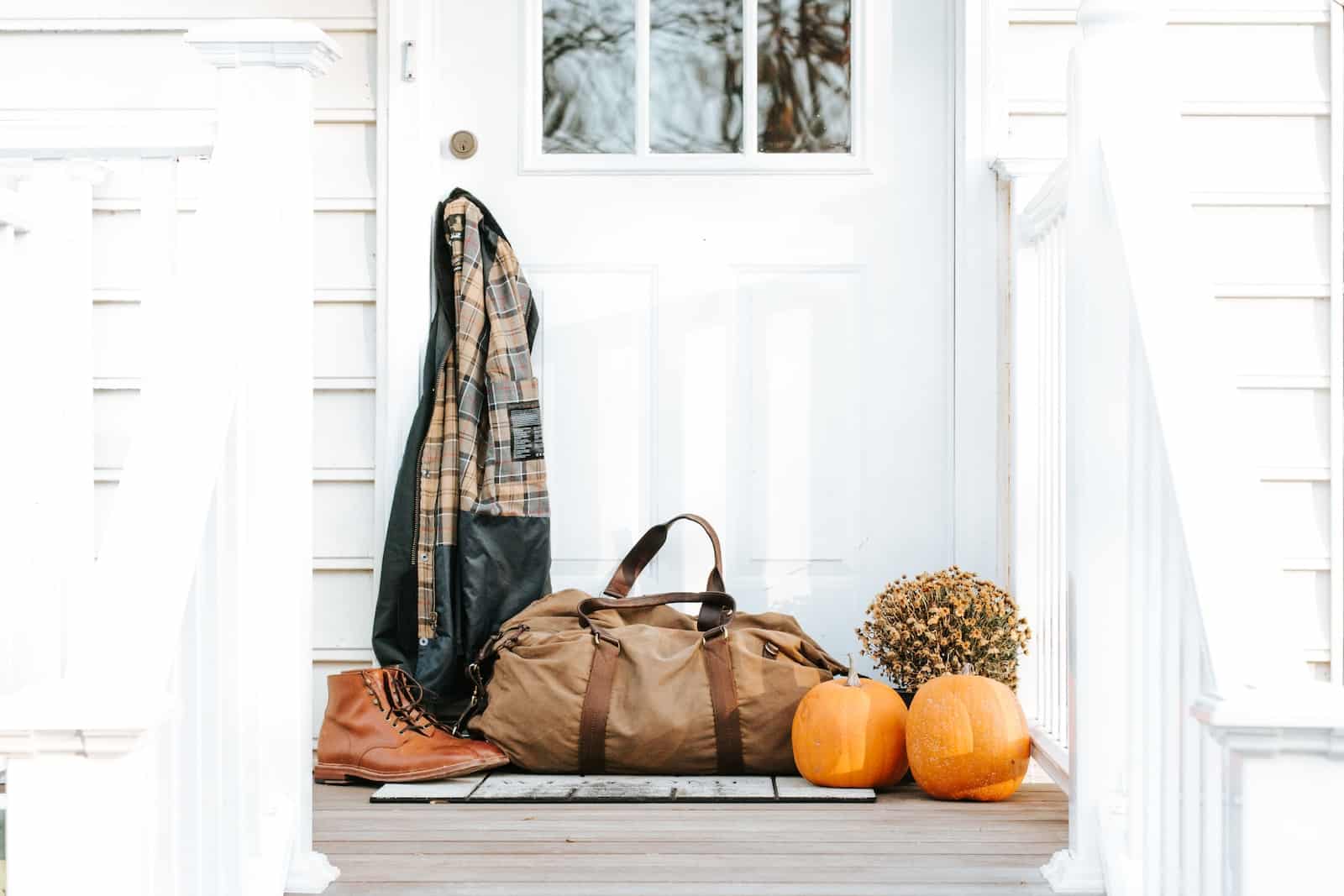
Clean It!
Cleaning means organizing a space, and removing visible soil, dust, and debris, often using hot water and soap or detergent. Germs and dirt are removed by scrubbing and wiping, by the water’s temperature, and by the surfactant action of the soap or detergent, which breaks down grease and grime.
It’s a good idea to get into a cleaning routine. Sinks, stovetops, and other high use areas should be wiped down daily, and other areas should at least be cleaned weekly. Some things, like baseboards, can be done less frequently. Cleaning will wipe away many germs. In normal circumstances, surfaces that aren’t touched or used very often, like baseboards or blinds, only need to be cleaned.
Sanitize It!
Sanitizing reduces the number of microbes on a surface to a safe level. Public health authorities determine that level, and it can be different for an office space versus a food preparation area in a restaurant, for example. Sanitizing can be done by cleaning or by disinfecting, or both.
Unlike cleaning, sanitization doesn’t necessarily remove dirt, dust, or things like crumbs from a surface. We usually think of it as involving a chemical spray or solution, like bleach, but it can be done with UV lights or high temperatures. When you are sanitizing, it is best to clean a surface first or use a product that cleans and sanitizes.
Sanitize frequently used surfaces often. Always sanitize after handling raw meats in the kitchen, and it is probably a good idea to sanitize your countertops daily. Don’t forget to sanitize your phone, remote controls, light switches, toilet and sink handles, and doorknobs frequently.
Generally you will be sanitizing using a household cleaning product. Make sure to follow all instructions on the label. Wear gloves, and leave the product, wet, on the surface for the amount of time it says on the bottle to ensure the surface really gets sanitized. Sanitize obsessively when someone is sick in your household. Sanitization using air assisted electrostatics is often used in commercial environments, and some companies offer such services in the home.
While we are in the pandemic, it is clearly a good idea to sanitize often. But keep in mind that there is a growing problem with anti-microbial resistant germs worldwide, and that overuse of sanitization products contributes to the problem.
Disinfect It!
To disinfect something is to use heat, light, or chemicals to kill the bacteria, fungi, and viruses. Most households will use disinfection as a part of their sanitizing, along with cleaning. Cleaning washes away and removes many germs, and disinfecting kills whatever is left. Once the germs have been reduced enough to pose no threat, a surface is considered sanitized. Disinfection as a cleaning level is typically done in hospital settings, though households with immunocompromised persons may need to disinfect surfaces. Follow the advice of your doctor.






